 Nowadays, having a website can be considered a necessity if you want to market yourself or your business online. Having a company website means that you have more opportunities to present yourself to a broader audience.
Nowadays, having a website can be considered a necessity if you want to market yourself or your business online. Having a company website means that you have more opportunities to present yourself to a broader audience.
Using your company website as a public relations (PR) tool can also help your business build credibility and attract more customers. But how can you make your company website into a reliable public relations tool?
In this article, we will take a look at the importance of using a website for PR and some impactful website elements to strengthen your PR strategy.
Audio: Listen to this article.
The importance of a website for PR
A website can be one of the most convenient tools for running a company online. It functions as a place to sell your products or services, as well as a medium to support your public relations activities.
Public relations is a strategy used to present yourself or your organization to the public. Public relations aims to build beneficial relationships between organizations and shape your company image in the public eye.
There are several reasons why a company website can be a great PR tool, including:
- Affordability: Doing PR makes it possible for your company to build positive relationships with the public while spending very little.
- Trustworthy: PR is almost 90% more effective than advertising, according to a 2014 study by the Nielsen Corporation. Most people are more likely to trust earned media, such as peer recommendations and reviews, rather than paid promotions and sponsorships.
- Increase brand visibility: Some PR campaigns, including creating valuable articles for users, allow your company to stay on top of people’s minds. It can also maintain your brand’s position on search engine results pages, which can attract even more attention to your business.
There are more reasons why a website can make a great public relations tool. Therefore, you should start considering using your company website as a PR tool.
11 Impactful Website Elements for PR
There are several ways to turn your company website into a strong PR tool for your business. Let’s break down some impactful website elements:
1. Domain name
A domain name is the address of your website. It also acts as part of the identity of your company website.
A good domain name makes your website more accessible if it’s easy to remember, and it also helps your business build its brand identity.
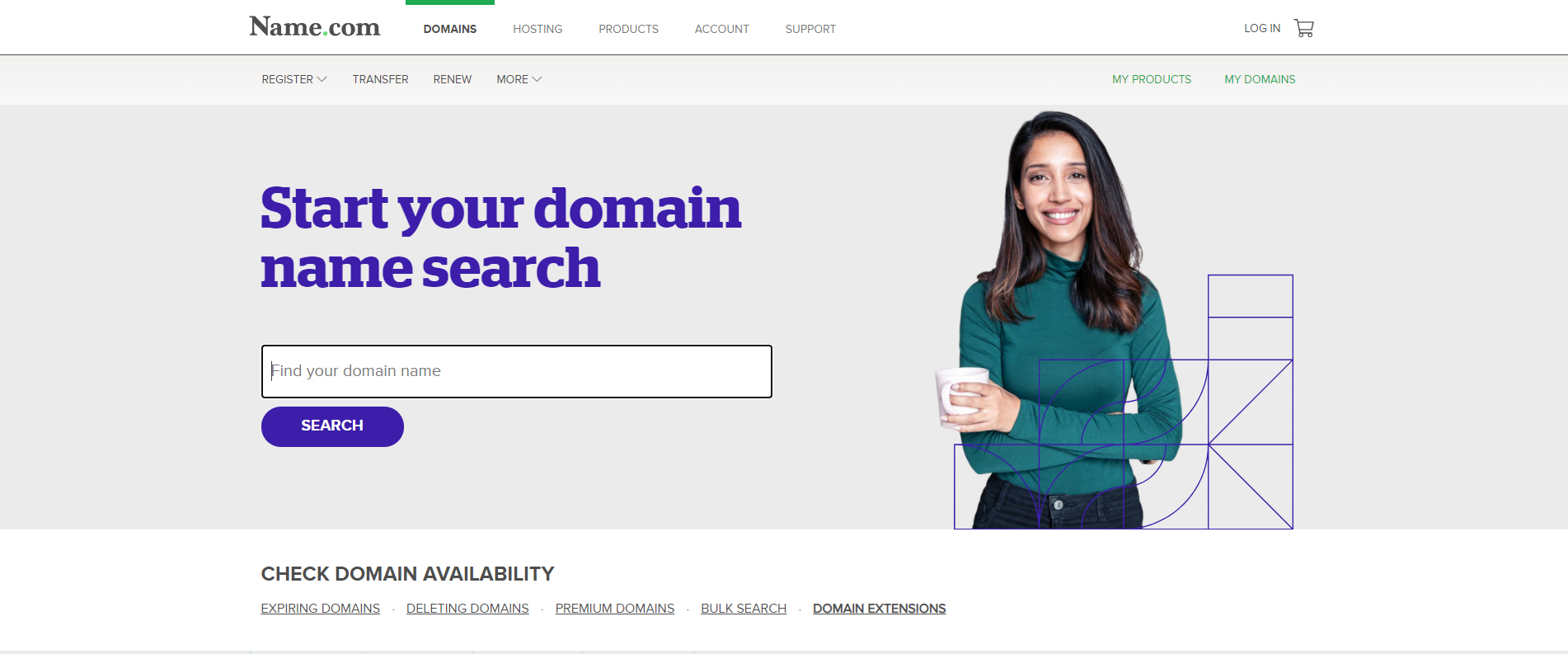
While deciding on your domain name, pay attention to the following aspects:
- Length: A shorter domain name is easier to memorize and type, which is more convenient for users. A good rule of thumb is not to exceed three words for your domain name.
- Simplicity: Try to come up with something simple and easy to remember. Avoid complicated and words that are hard to spell.
- Brand name: It is a good idea to include your brand name in your domain name. A domain name that includes your brand name can help boost your brand awareness and make your site stand out.
- Keyword: Including a relevant keyword in your domain name can help your site get better search engine rankings. This also allows your audience to know what your business does at a glance.
Before you buy and register your domain, check whether it is available by using various domain name checker services available online.
2. Loading time
Your website’s loading time is one of the factors that influence users’ experience. In 2021, most users expect a website to load its content in less than 2-3 seconds, according to John Mueller, the senior webmaster trends analyst at Google. If your website takes too long to load, you might lose a lot of potential customers.
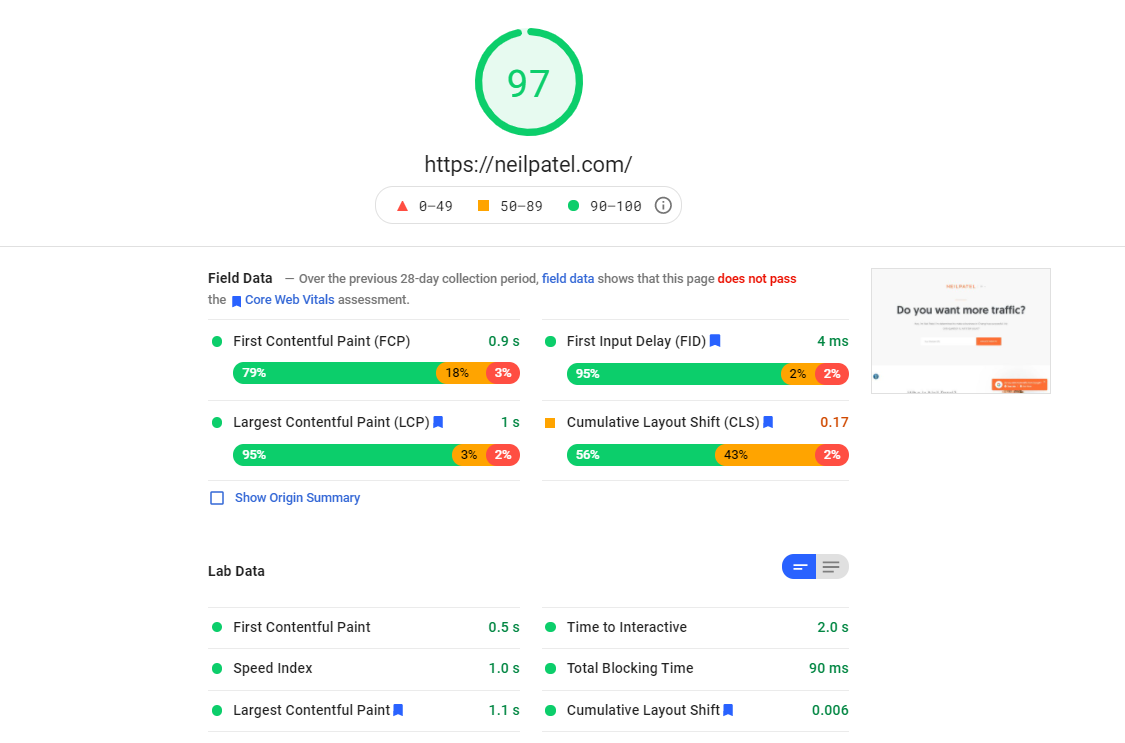
When your website has a decent load time, it helps you boost your business’s credibility. It shows that you care about your client’s experience by making efforts to improve your website’s performance.
Check your website’s speed using tools like Google PageSpeed Insights. This tool can give you various data related to your website’s load time, which can help you identify what needs to be improved to get the best speed possible.
3. Homepage design
A homepage is a crucial component of your website when it comes to making an excellent first impression. A homepage is the starting point for most direct visits to your website, and it is where your users can find the general information on what your website offers.

To help your homepage attract visitors and give them the best experience, it is essential to pay attention to the page design. A good homepage makes your website more aesthetically pleasing and helps users easily navigate its information.
When creating or choosing your homepage design, relate it to your target audience’s demographics and preferences. Also, try to include a compelling value proposition and make sure your audience understands what your business does by displaying relevant information.
4. Website content
When you put time and effort into creating good content, people may perceive your website as a reliable source of information. This can improve your brand’s credibility and give your website a better chance at ranking higher on search engine results pages.
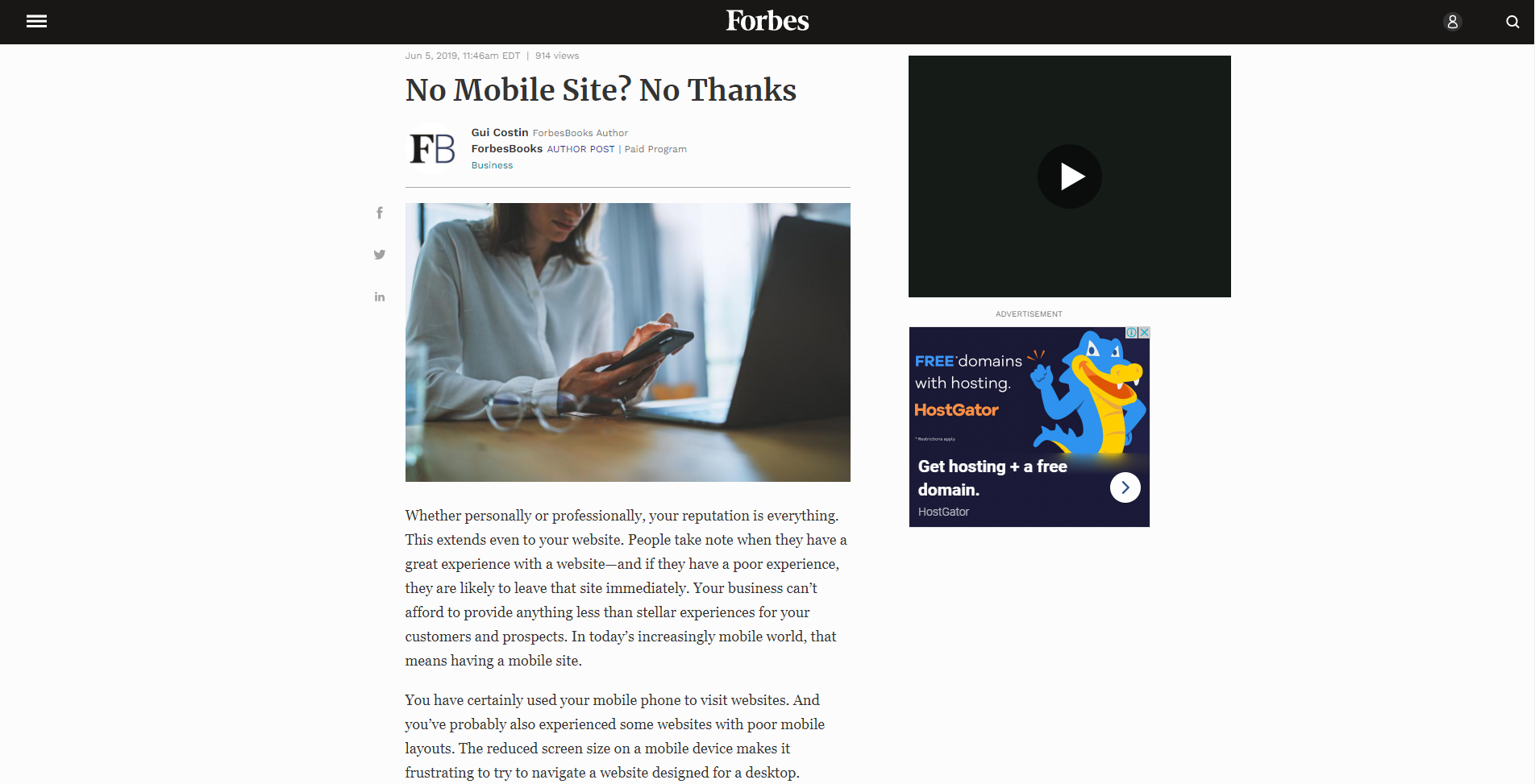
Aside from being credible and informative, your content should also be compelling and persuasive. Try to make content that encourages your audience to interact with it by leaving comments and starting discussions. In addition, customize every post so it is native to each platform. You wouldn’t post the same content on Instagram as you might on Facebook or Twitter.
Another important thing is to make sure that your content is original and has correct grammar. If you are not a professional writer, tools such as Grammarly can help you assess your content and give helpful suggestions to improve it.
5. Copywriting
Copywriting is content writing with the direct intention of promoting a product or service. Most copies are brief and use strong, engaging language to attract people’s attention.
Copywriting can be used in various places, including advertisements, landing pages, and product listings.
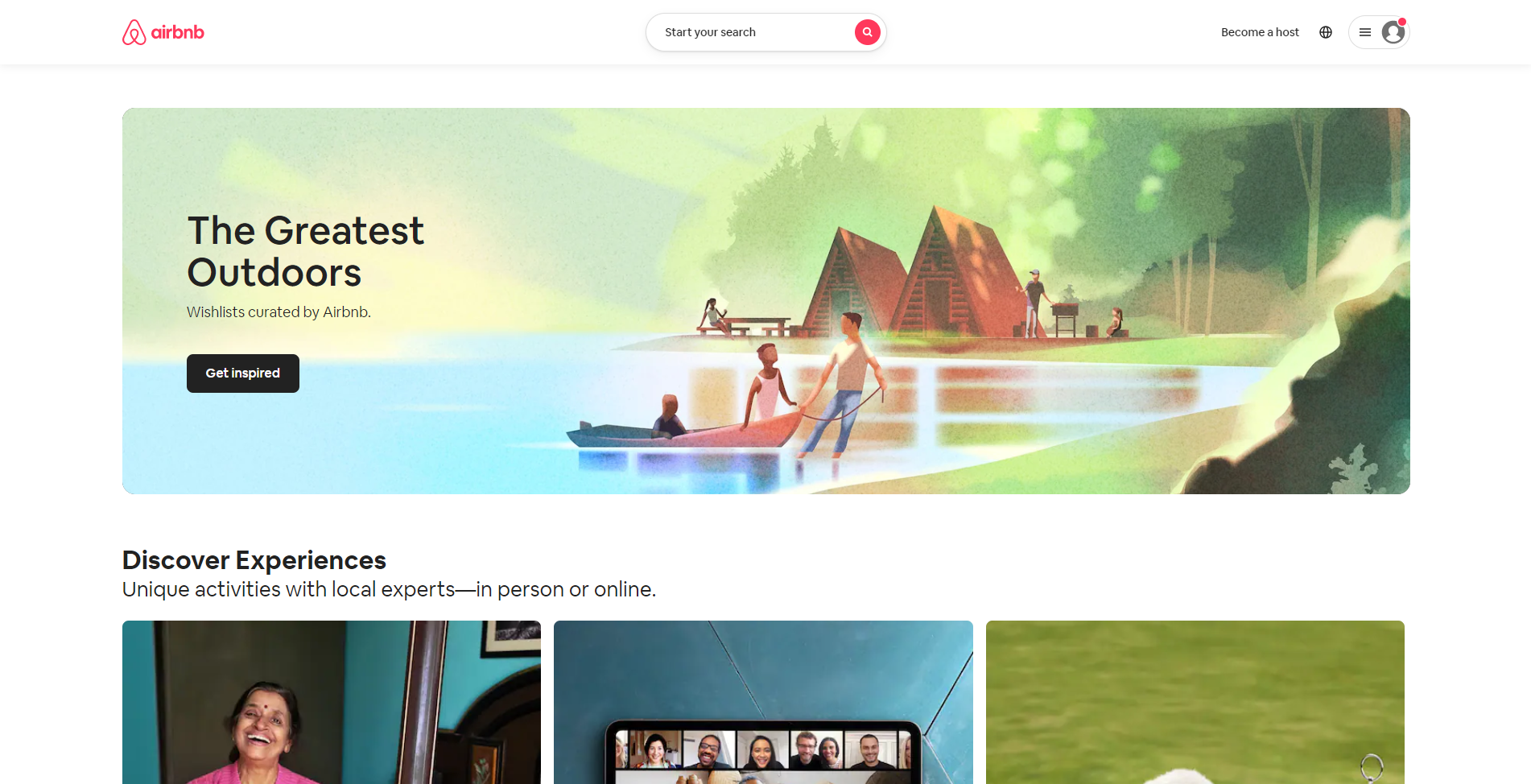
With good copywriting, your business is more likely to attract customers and make more sales. This is good for your PR because when visitors convert into customers, it demonstrates that your company operates smoothly.
When creating your copy, align it with your target audience. Use the right tone and language that resonates with your target market to get their attention and trust.
6. UI and UX design
UX refers to user experience, and UI stands for the user interface. Both of these aspects are important, especially for digital products, since they affect how users perceive and interact with your product or service.
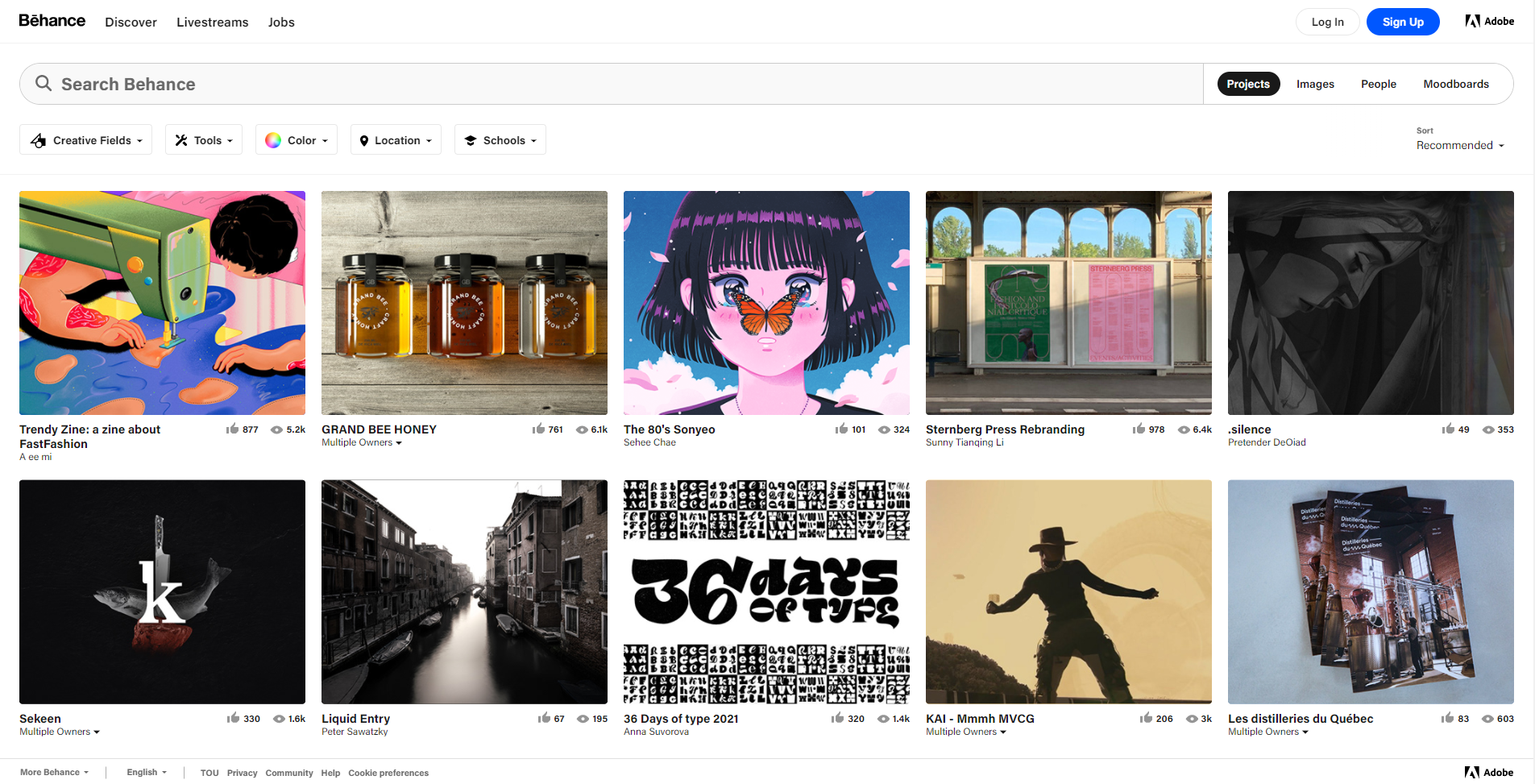
UI and UX design are also crucial for your business website. With good UI and UX design, your website will look more aesthetically pleasing and become easier to navigate. This will make your website look more elegant and reliable.
Make sure your website uses effective navigation with simple HTML and JavaScript menus. It is also important to declutter the navigation menus by limiting the number of pages displayed. If your website has many pages and sections, using a drop-down menu might be a good idea.
7. Accessibility
A good business website should be accessible to a wide range of users, such as individuals who are visually impaired and the elderly. These groups may require additional tools like screen readers to use the internet.
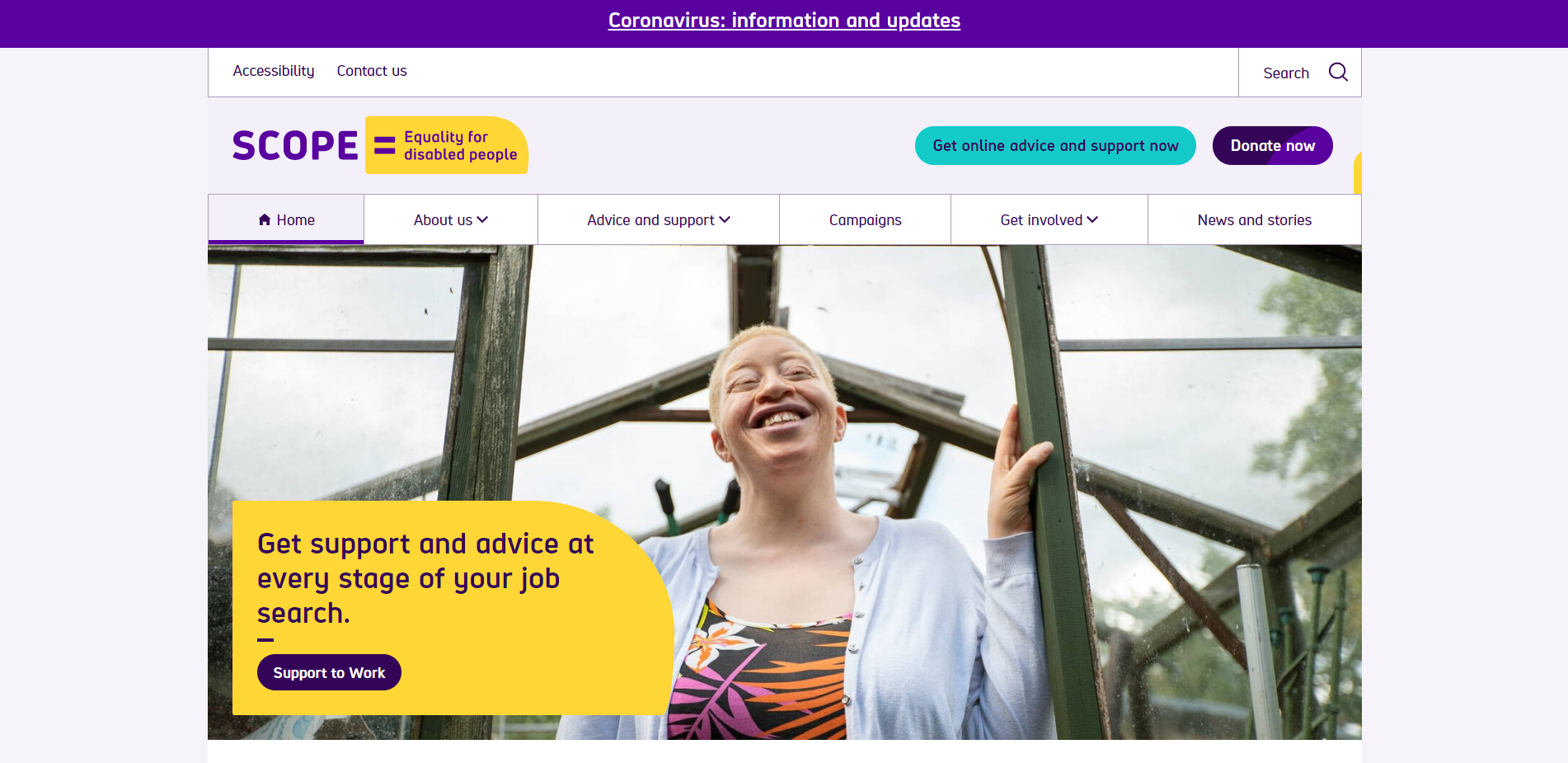
To make sure your website is screen reader friendly, pay attention to your language and website structure. Use a descriptive name for your links to make them easily identifiable. It is also a good idea to make your content formatting simple.
Don’t forget to include alt texts to images on your website. Make sure these alt texts are descriptive, yet brief. If you don’t include alt text in an image, the screen reader will skip it, and some users might lose important information.
8. Mobile-friendliness
The number of mobile internet users is still growing. As of April 2021, 54.61% of the total web traffic worldwide comes from mobile devices, according to StatCounter. Because of this trend, it is essential to solidify your website’s mobile-friendliness to accommodate this large group of potential customers.
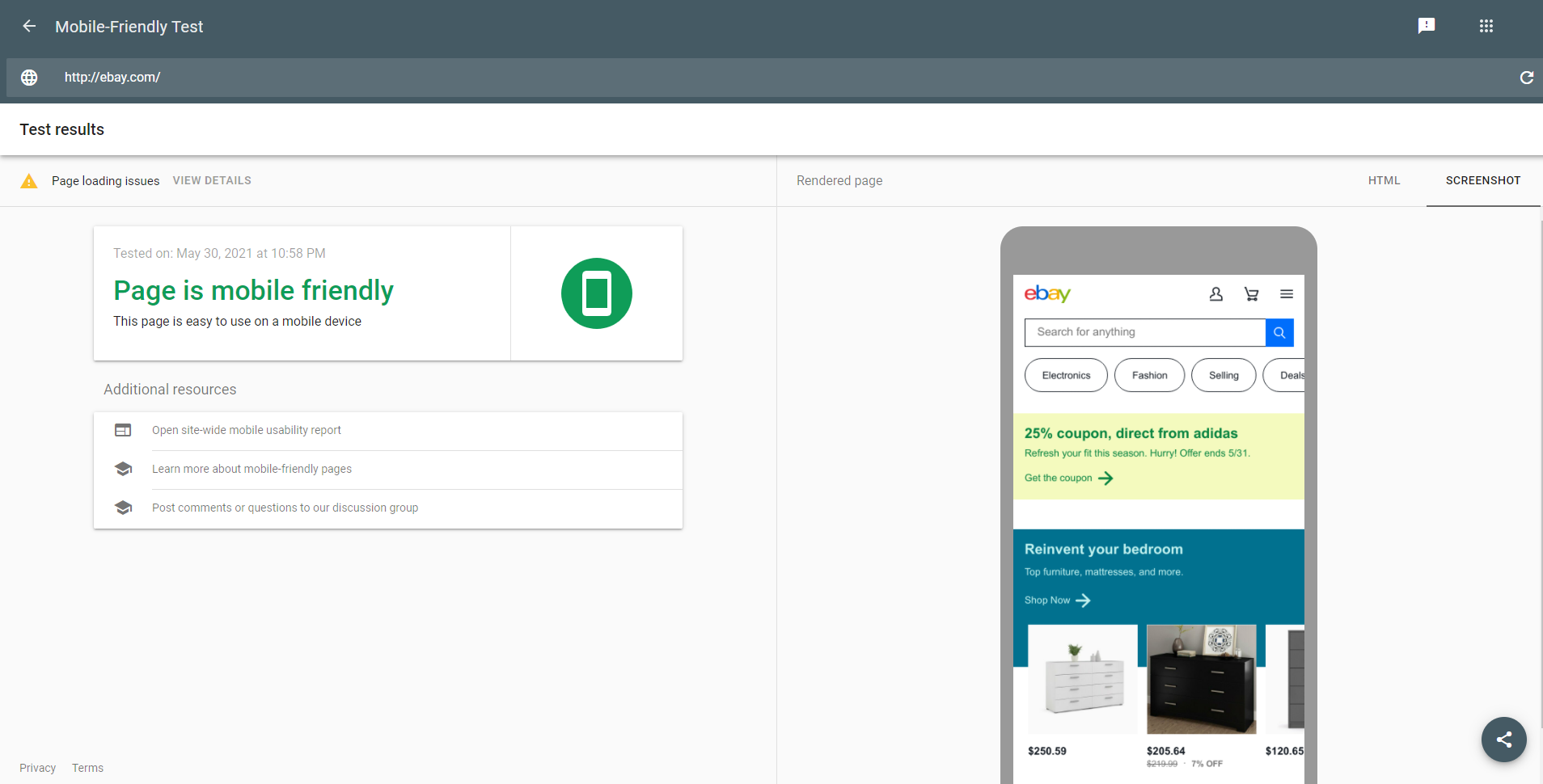
Start by checking how your existing website appears on various mobile devices. Take notes on what elements need to be adjusted to make your website more mobile-friendly, and make changes until everything looks and functions smoothly.
Use tools like Google’s Mobile-Friendly Test to assess whether your website performs properly.
9. Site responsiveness
Responsive website design is achieved when a website’s content and layout flexibility can adapt to different screen sizes for display. Web designers use a special code known as CSS Media Queries to make websites responsive.
A responsive design makes your website more accessible and allows your business to reach more audiences. Several tools help you check your website’s responsiveness, including Responsinator, Google DevTools Device Mode, and Screenfly.
10. Site authority and visibility
Site authority or domain authority (DA) is a score to predict how likely a website is to rank on search engine results pages (SERPs). The score ranges from one to 100, with a higher score indicating a better chance of ranking.
A website with good domain authority is usually perceived as a trustworthy website.
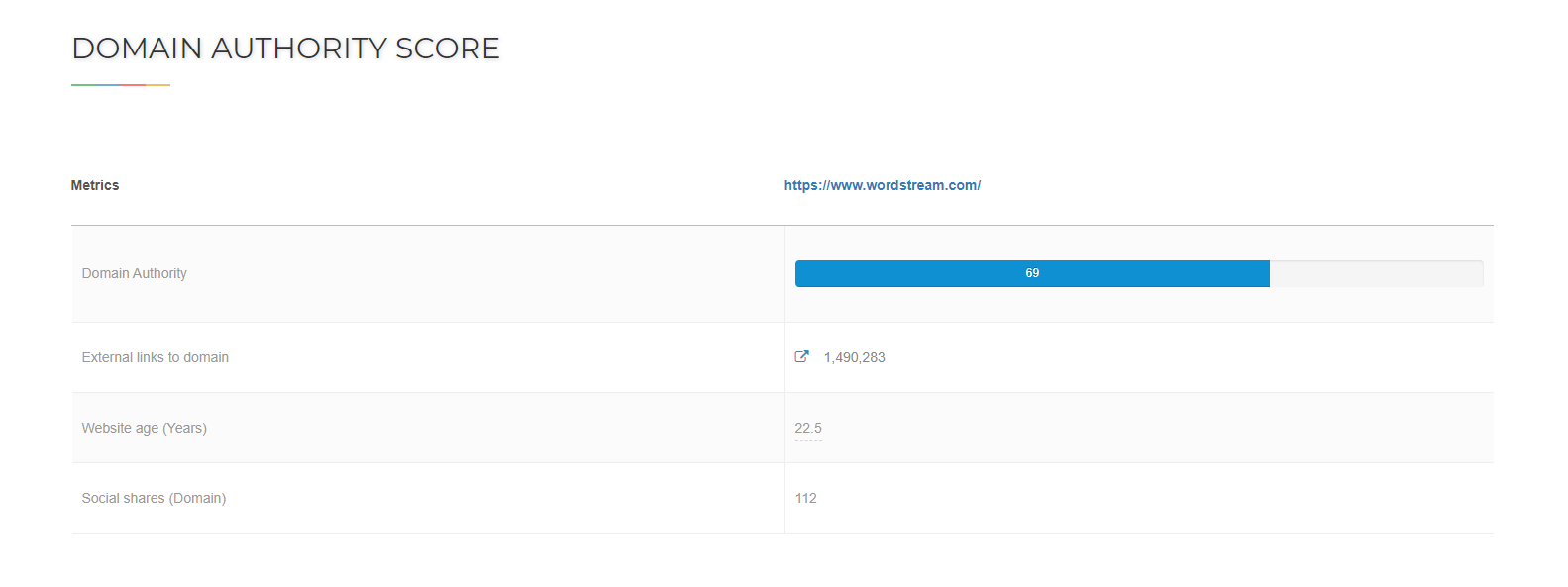
To improve your website’s domain authority, your website needs to have enough backlinks from other websites. Test that these backlinks are valid and don’t include black hat SEO tactics.
Improving your website’s domain authority is not simple and requires a lot of work. To check your domain authority, use services such as SEO Review Tools that will assess your authority.
11. Inspiring ‘about us’ page
An ‘about us’ page is where website visitors can learn more about your business. This page often contains information about your business’ core values, as well as its vision and mission.
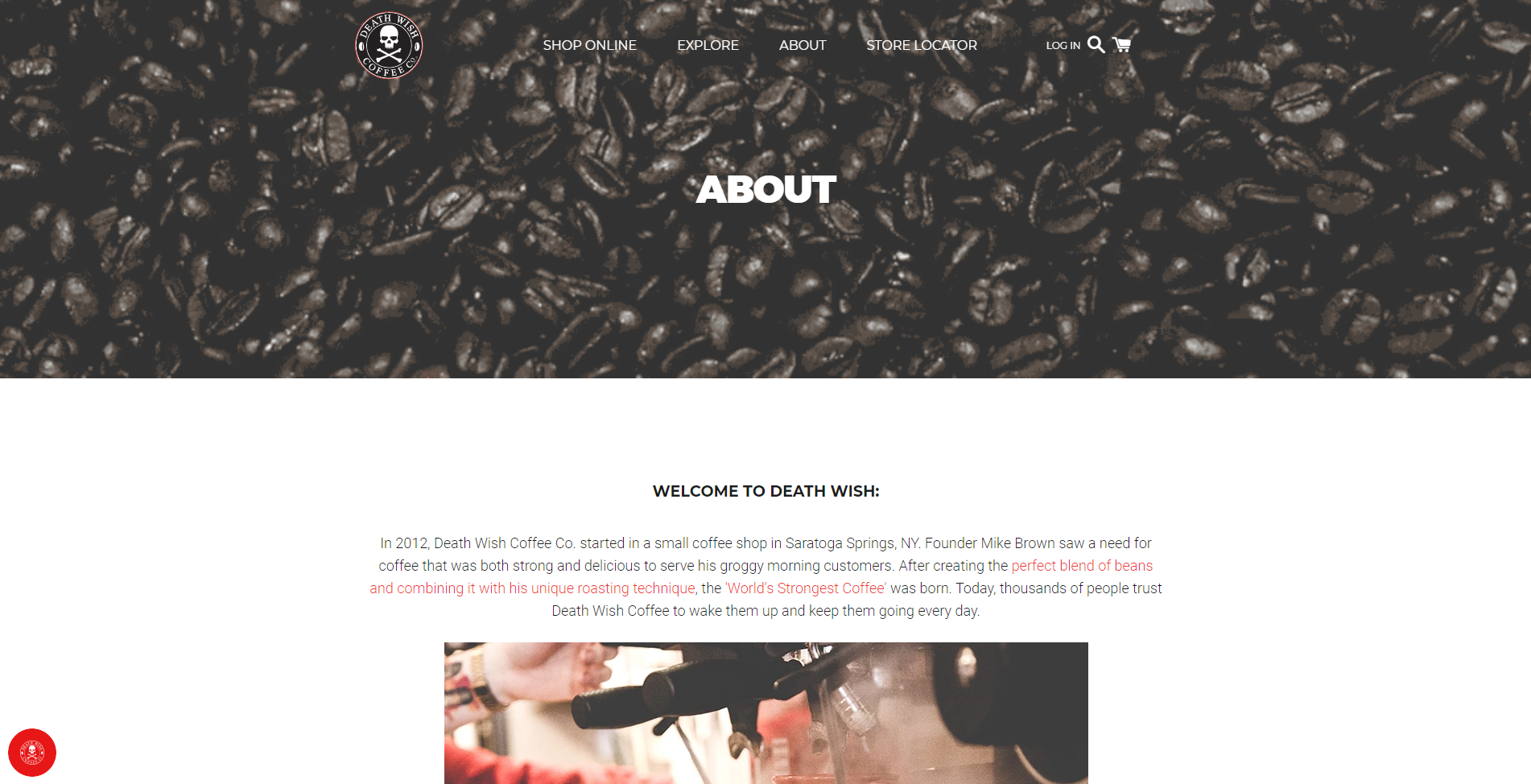
A well-written ‘about us’ page can help your business stand out from competitors and leave a good impression on customers.
To help you create a compelling ‘about us’ page, here are some elements to consider:
- Business model: Some businesses might benefit from presenting a transparent business model to their audience. Try to include information about how your business works, how you get the materials for your products, and the mission behind your company’s operations.
- Concrete numbers: Including a concrete number related to your business’s progression and achievements can help you build your business’s credibility.
- Team introductions: Try to include an introduction and photos of your team on your about page. This can help humanize your brand and show customers that you care about the people who make your business work.
- Social media links: Use this page to widen your online presence by including the links to your social media pages.
In conclusion
Having a company website is a necessity, especially if you want to do business online. However, a website is not just a place to sell your products; it can also be used as a strong public relations tool.
In this article, we have learned the importance of using a company website as a PR tool. We also learned about 11 important website elements to strengthen your PR strategy, including:
- Domain name
- Loading time
- Homepage design
- Website content
- Copywriting
- UI and UX design
- Accessibility
- Mobile-friendliness
- Site responsiveness
- Site authority and visibility
- Inspiring ‘about us’ page
After reading this article, it will be hopefully easier for your business to build a positive relationship with your customers. Try the tactics mentioned above and make adjustments where they’re needed.
Photo 72003148 © Rawpixelimages | Dreamstime.com
Topics: web design & development, owned media, web media

Comment on This Article